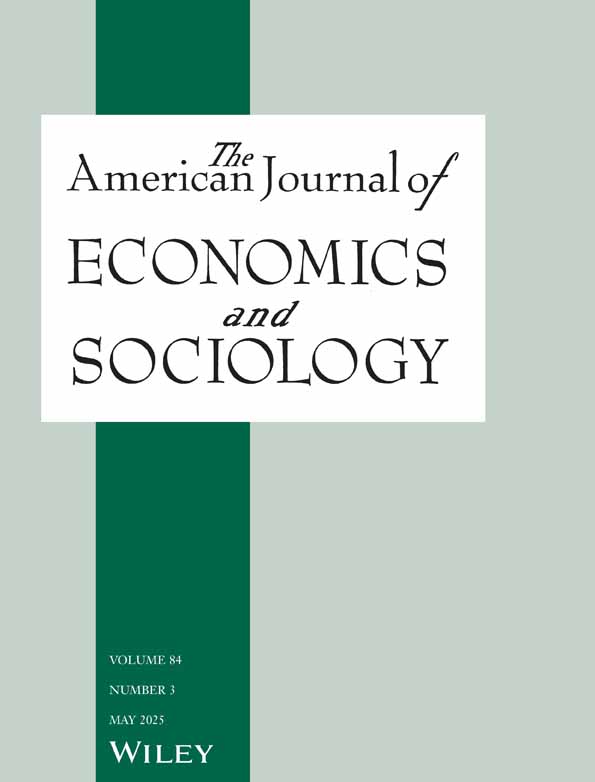Mineral Taxation in Less Developed Countries: Papua New Guinea's Balanced System
Abstract
Abstract. In taxing their mining industries most Less Developed Countries must balance their need for mineral revenues with their requirement for continued private Investment in exploration and development. Papua New Guinea has attempted to achieve such a balance. An ideal system would use a Resource Rent Tax. Papua New Guinea accepted its underlying principle but combined it with royalties, a. flat profits tax, a dividend withholding tax and an additional profits tax. The rates and thresholds keep the tax burden bearable and avoid discouraging investment for exploration and development while ensuring that the government receives a substantial return from profitable projects.




